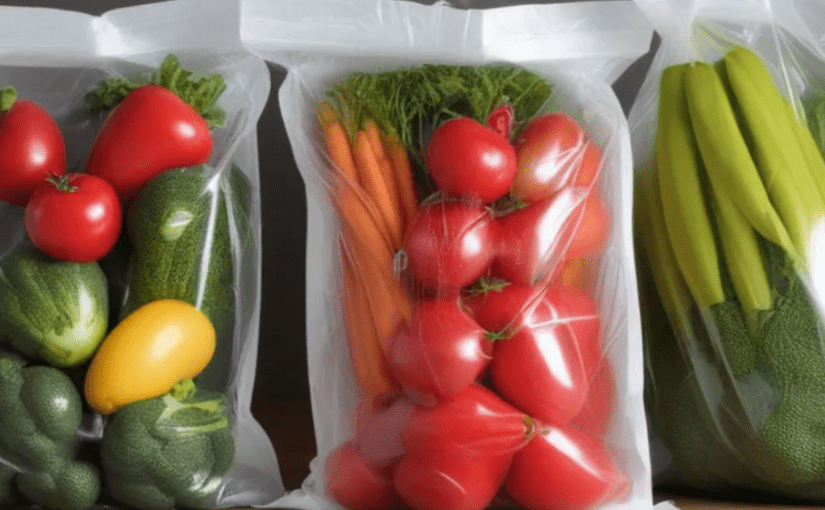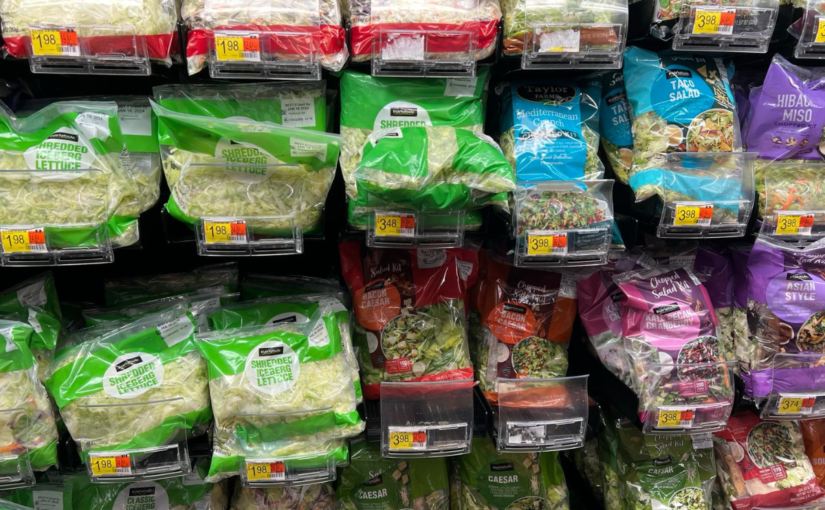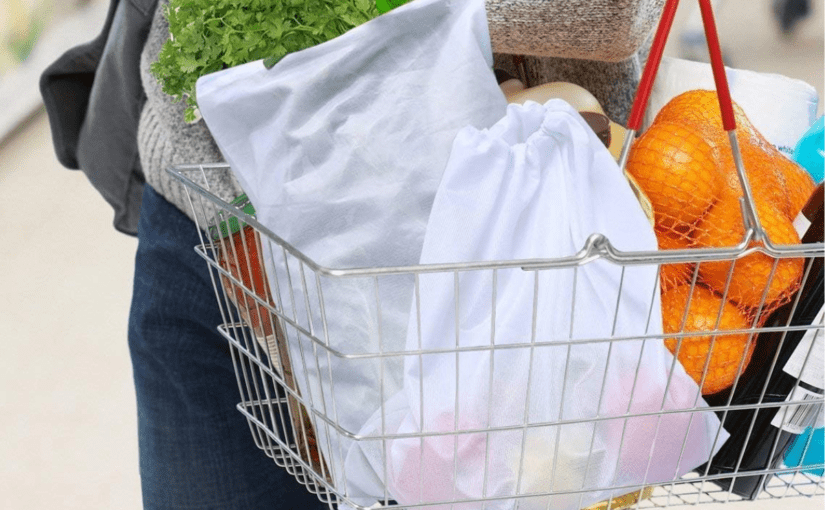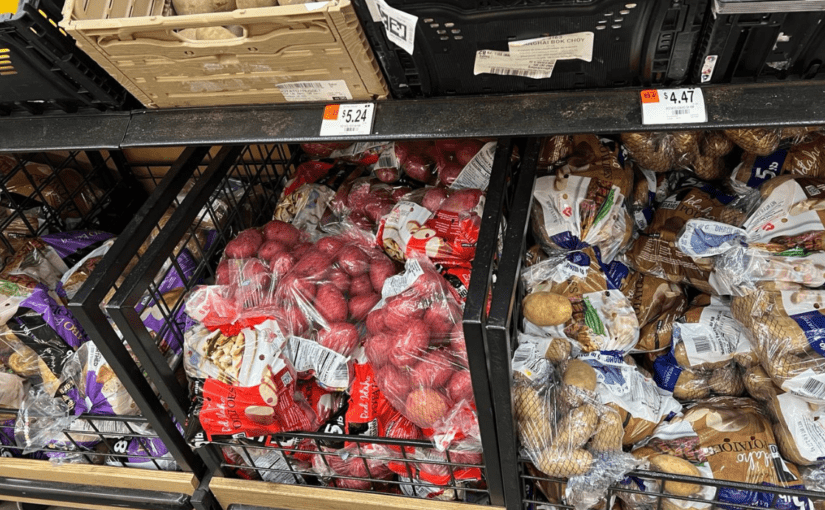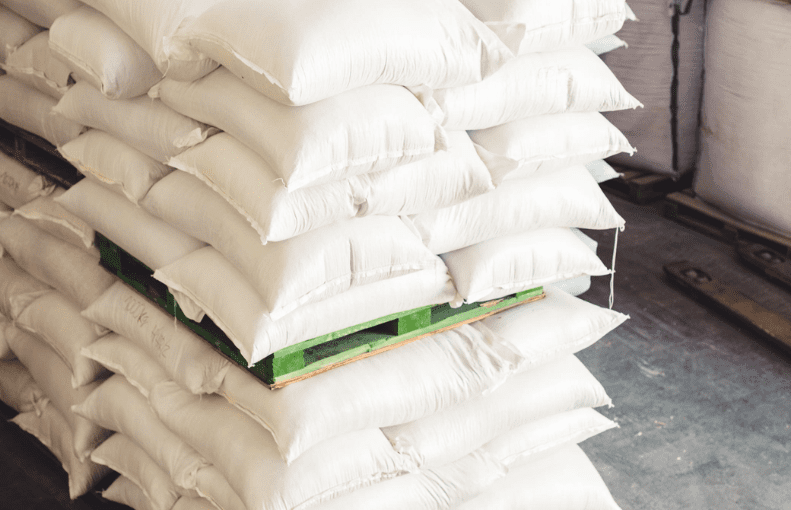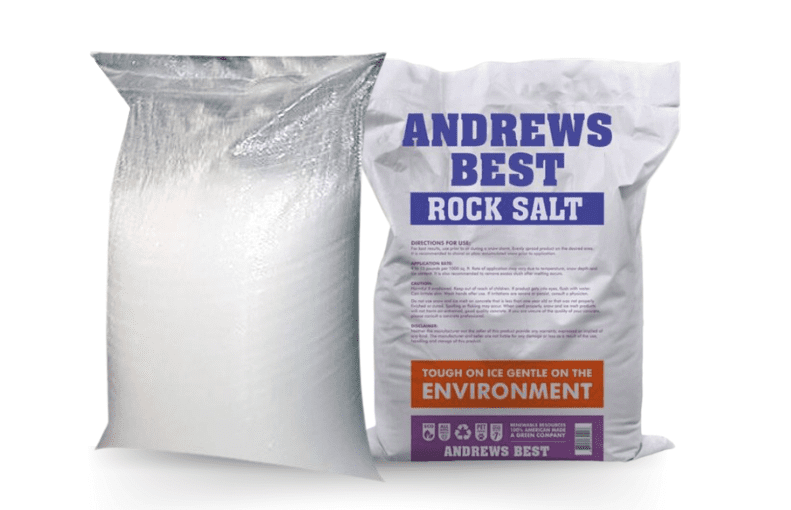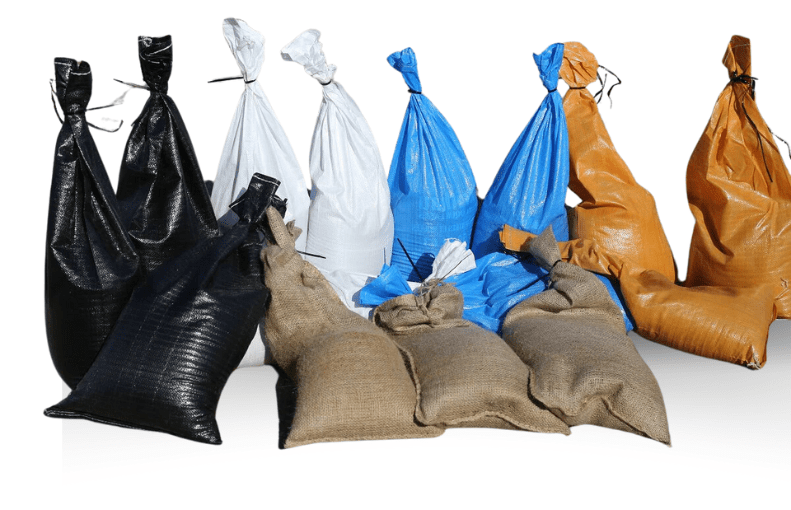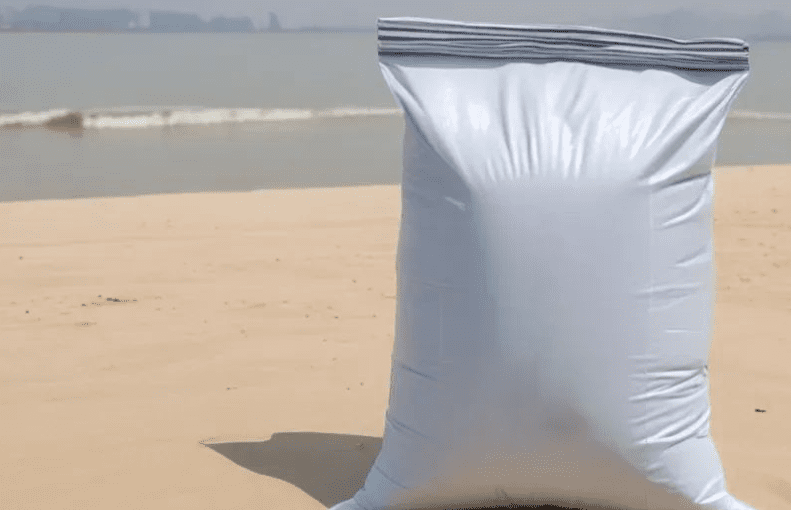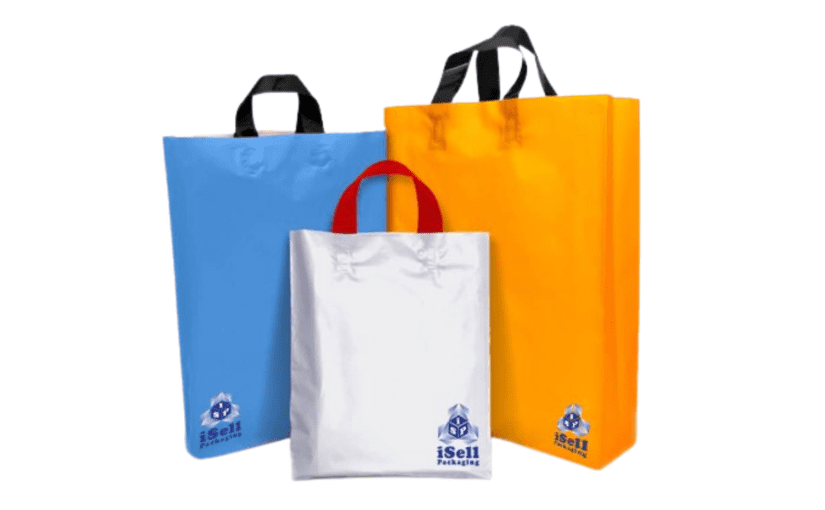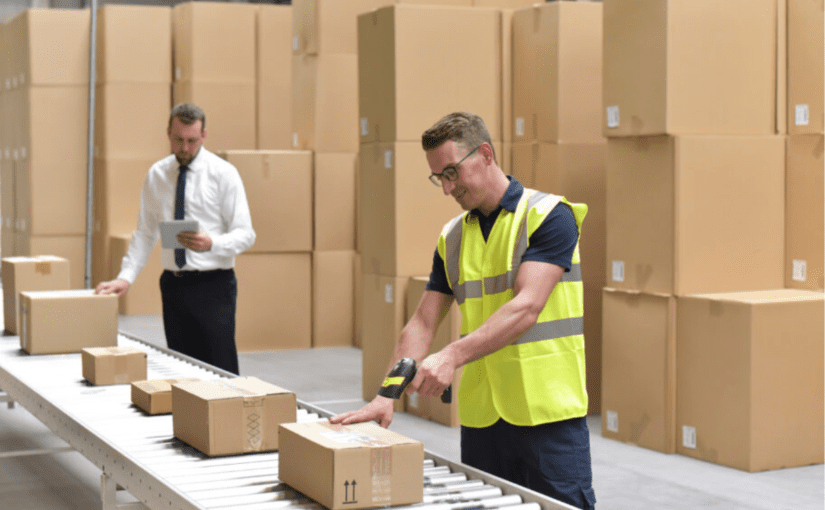Have you ever wondered how those thin bags with tiny holes at the grocery store help keep your fruits and veggies fresh? They’re called vented produce bags, and they play a crucial role in preserving the quality of your produce.
Vented produce bags play a crucial role in keeping your fruits and veggies fresh and delicious for longer, thanks to their ability to promote airflow and regulate moisture levels.
Let’s dive into what they are and why they’re important.
What is a Vented Produce Bag?
To keep fruits and veggies fresh, it’s crucial to control moisture levels, and that’s where ventilation comes in handy.
Too much moisture can make them spoil or grow mold fast. But if there’s not enough air getting in, they can become stale quicker. That’s where vented produce bags come into play. These special bags are made of LDPE, a safe material approved by the FDA for food contact. They’re designed with tiny holes that allow just the right amount of air to circulate, keeping your produce fresh for longer periods. So, with vented bags, your fruits and veggies stay fresher, delicious, and safer to eat.
They’re strong enough to hold your produce securely while allowing air to flow through them.
Vented bags have tiny holes or perforations that allow air to circulate the fruits and veggies. This airflow helps regulate temperature and humidity levels inside the bag, preventing moisture buildup.
Uses of Vented Produce Bags
Fresh Produce Packaging:
Let’s start with the obvious one – fresh produce storage.
They allow air to circulate the fruits and veggies, helping to maintain their quality from the farm to the customer’s table. Plus, they let ethylene gas escape, which naturally occurs and can speed up the ripening process.
By slowing down this process, vented bags help extend the freshness of your produce.
Packaging for Wet Items:
When it comes to items that have been washed or may have residual moisture, like leafy greens, vented bags are a game-changer. They help keep the moisture levels in check, preventing mold and mildew from spoiling wet vegetables.
Those little holes in the bag are there to keep your greens crisp and delicious.
Freezer-Friendly Options:
Did you know that some vented produce bags are freezer-friendly? That’s right! They can be used to store frozen fruits and veggies or pre-prepped meals.
The ventilation in the bags allows moisture to escape, preventing freezer burn and preserving the quality of your food. Plus, the transparent design makes it easy to see what’s inside.
The Benefits of Using Vented Produce Bags
Extended Freshness:
The primary benefit of vented produce bags is their ability to extend the freshness of your fruits and vegetables.
These bags allow air to circulate your produce, which helps prevent moisture buildup and slows down the ripening process.
As a result, your fruits and veggies stay fresher for longer, reducing waste and saving you money in the long run.
Prevention of Mold and Mildew:
Moisture is the enemy when it comes to food storage – it can lead to mold and mildew growth, which can spoil your produce and make it unsafe to eat.
Vented produce bags help combat this issue by allowing excess moisture to escape, keeping your fruits and veggies dry and free from mold. This means you can say goodbye to finding fuzzy green spots on your strawberries or slimy patches on your spinach!
Reduced Food Waste:
By keeping your produce fresher for longer and preventing mold and mildew growth, vented produce bags can help reduce food waste.
When your fruits and veggies last longer, you’re more likely to use them up before they go bad, which means fewer trips to the trash bin and more delicious meals on your table.
Versatile Storage Options:
Vented produce bags aren’t just for fruits and veggies – they can also be used to store a variety of other items.
From snacks and sandwiches to frozen foods and pantry staples, these bags offer versatile storage options for all your kitchen needs.
Plus, the transparent design makes it easy to see what’s inside, so you can quickly grab what you need without having to rummage through your cabinets.
Convenient Organization:
Keeping your kitchen organized can be a challenge, but vented produce bags can help make it easier. Use them to group similar items in your fridge or pantry, such as fruits, veggies, snacks, and leftovers.
The ventilation provided by the bags ensures that air can still circulate, keeping your food fresh while helping you stay organized.
Environmentally Friendly:
Since they are often composed of recyclable materials, vented produce bags are a green option for storing food.
You may lessen your environmental impact and contribute to the reduction of plastic waste by using these bags instead of single-use plastic ones.
Some bags are even biodegradable, further reducing their impact on the planet.
Choosing the Right Vented Produce Bags
Consider Material Quality:
The first thing to consider when choosing vented produce bags is the quality of the material. Look for bags made from durable, food-grade materials like LDPE (Low-Density Polyethylene) or HDPE (High-Density Polyethylene). These materials are safe for food contact and strong enough to hold your fruits and veggies without tearing.
Check Ventilation Design:
The whole point of vented produce bags is to allow air to circulate your produce, so pay close attention to the ventilation design. Look for bags with small perforations or holes that are evenly spaced throughout the bag. This ensures that air can flow freely, helping to keep your produce fresh for longer.
Look for the Size:
Vented produce bags come in a variety of sizes, so it’s important to choose the right size for your needs. Consider how much produce you typically buy and how you plan to use the bags. If you often buy in bulk, opt for larger bags that can accommodate larger quantities of fruits and veggies. On the other hand, if you prefer to buy smaller quantities, smaller bags may be more suitable.
Convenience Features:
Some vented produce bags come with convenient features like twist ties or ziplock closures, making them easy to seal and reseal. These features help keep your produce fresh and prevent it from spilling out of the bag.
Look for bags with secure closures that are easy to use and durable enough to withstand repeated use.
Quantity and Cost:
Finally, consider the quantity and cost of the vented produce bags. Some bags are sold in bulk packs, while others are sold individually or in smaller packs. Think about how often you’ll be using the bags and how many you’ll need at a time.
Buying in bulk can be cost-effective if you use a lot of produce bags regularly, but smaller packs may be more suitable if you only need them occasionally.
The Conclusion:
From extending the freshness of your produce to reducing food waste and helping you stay organized, these bags are a versatile and practical solution for all your food storage needs. They’re a valuable tool for keeping your food fresh. However, it is important to choose the right one for your needs.


